Top 5 Open-Source Smart Home Platforms to Take Control of Your Home Automation
Discover the best open-source smart home platforms, including Home Assistant, OpenHAB, Domoticz, Homebridge, and ioBroker. Learn how these platforms can give you complete control, and privacy in your smart home setup

When it comes to smart homes, flexibility is everything. You don’t want to be locked into a system that limits your choices or costs you more every time you want to add a new feature, or they shut the platform down, cough cough "Philips Hue" cough cough. That's where open-source smart home platforms come in—they give you control over your setup without a hefty price tag or the need to rely on a single brand’s ecosystem.
In this article, we’ll explore the top open-source platforms, in my opinion, that you can use to take your home automation to the next level. Whether you're just getting started or want to learn more, there’s something here for everyone. I’ll walk you through each platform, what makes it unique, and how you can get up and running and of course I am biased towards Home Assistant since that's what I run.
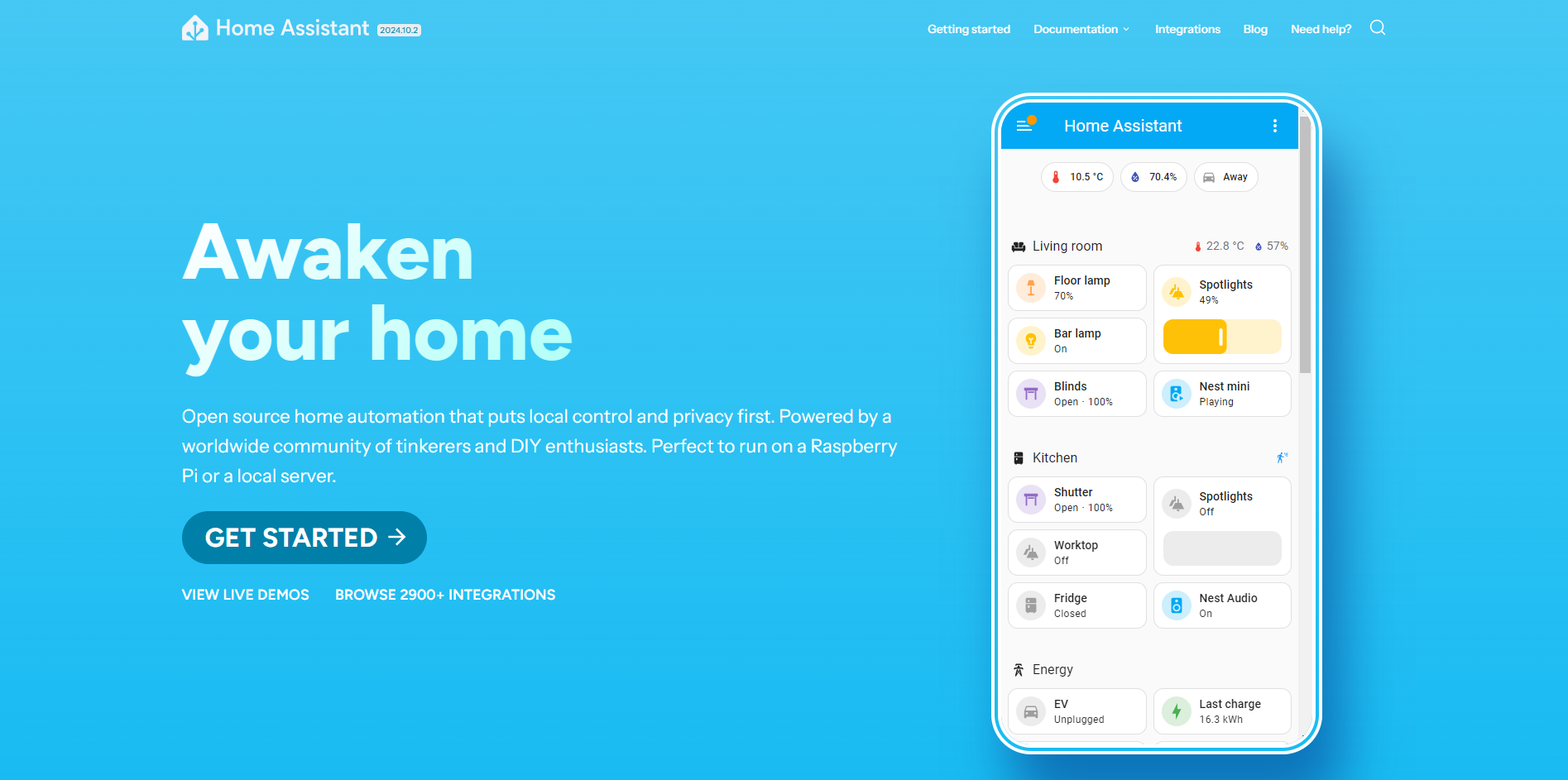
Home Assistant: The Powerhouse of Local Control
If you’re looking for a platform that gives you complete control over your devices without needing the cloud, Home Assistant is your go-to. I’ve used this platform myself, and one of the first things you’ll notice is just how many integrations it supports—thousands. Whether you have a mix of smart lights, thermostats, security cameras, or sensors from different brands, Home Assistant has a way to connect them all.
What’s cool about Home Assistant is that you can run it on a Raspberry Pi or even a virtual machine on your computer. It’s super customizable through YAML configurations, but if you’re not a coder, the web-based UI lets you add devices, create automations, and control everything through a clean dashboard.
Key Features:
- Local control (no need for cloud dependency)
- Vast integrations with different devices
- Extensive community support (there’s a solution for almost every problem)
- Customization with both a GUI and YAML for advanced users
Why You Should Consider Home Assistant: If privacy and control are top priorities for you, Home Assistant should be your first stop. You won’t have to worry about your data being sent to third-party servers. Plus, it runs locally, so there’s no downtime when the internet goes out.
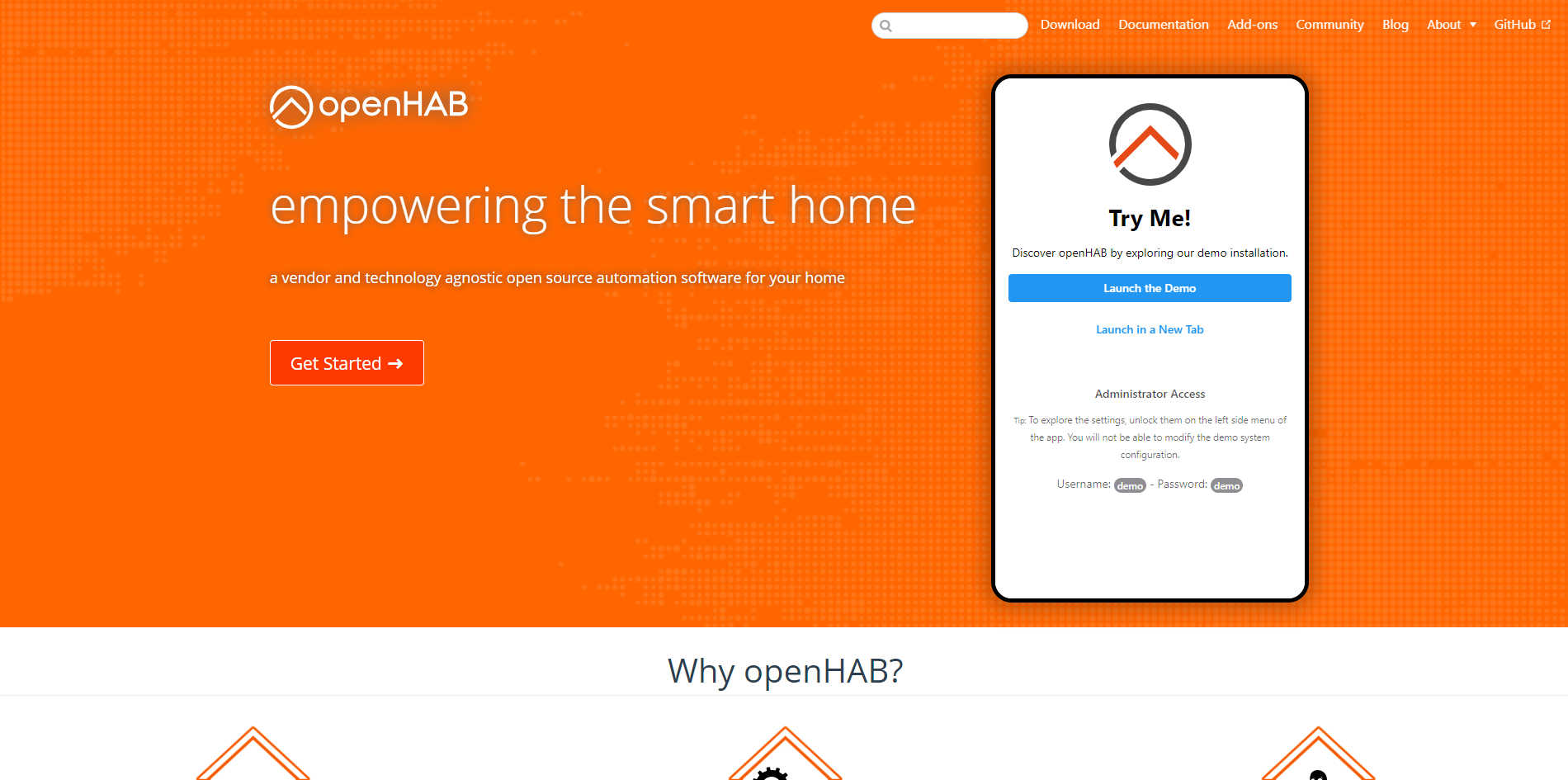
OpenHAB: The Modular Solution for Power Users
OpenHAB is another excellent option if you like the idea of open-source but want something highly modular and extendable. This platform is built for those who want to fine-tune their smart home with specific rules and automations, and it’s not shy about letting you tinker with the back end.
I’ve found OpenHAB to be a solid choice if you already have experience with automation and are looking for something that scales well with complex setups. It’s not as user-friendly as Home Assistant right out of the box, but once you get the hang of it, the platform rewards you with tons of flexibility. You can control OpenHAB through a browser-based UI or smartphone apps, and it integrates well with both modern and legacy systems.
Key Features:
- Highly modular and flexible
- Strong community-driven development
- Supports modern and legacy systems
- Great for power users who want detailed automations
Why You Should Consider OpenHAB: If you’ve already dabbled in smart home tech and are looking for a platform that gives you total freedom, OpenHAB is worth a shot. It’s not as plug-and-play as some other options, but that’s what makes it so customizable for advanced users.
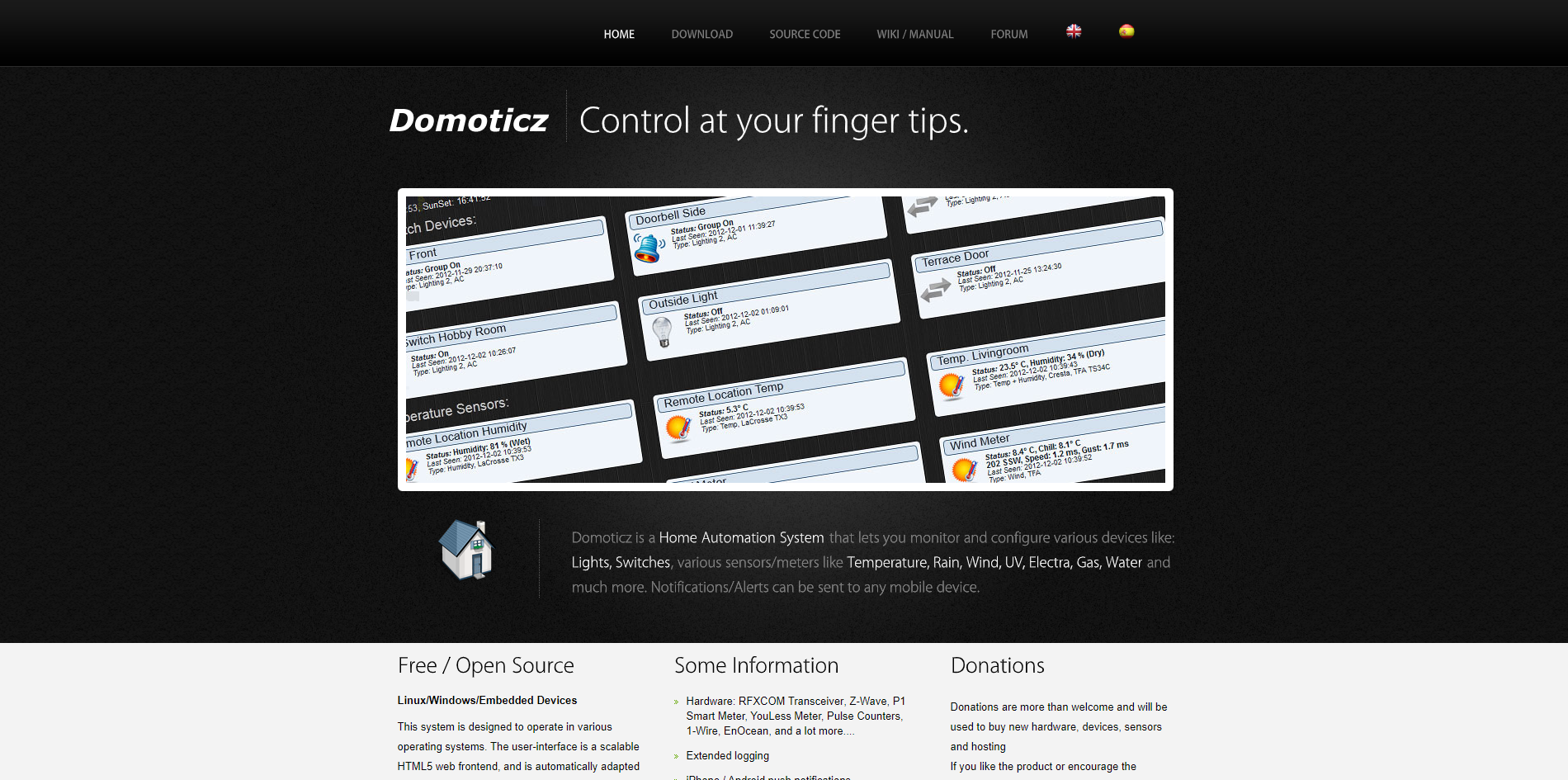
Domoticz: Simple, Lightweight, and Efficient
Now, if you’re someone who doesn’t need all the bells and whistles of Home Assistant or OpenHAB, Domoticz might be right up your alley. It’s lightweight and designed to be efficient on low-power hardware like Raspberry Pis or older computers. While it doesn’t have the same depth of integrations as the other platforms, it still covers all the basics—smart lighting, security, and energy monitoring.
Domoticz shines in its simplicity. The UI is straightforward, making it easy for beginners to get started with their home automation setup without getting lost in complex configurations.
Key Features:
- Lightweight and efficient
- Easy to install and set up
- Great for basic automations and monitoring
Why You Should Consider Domoticz: If you’re just dipping your toes into home automation or you need something lightweight for a simple setup, Domoticz is a solid option. It gets the job done without the need for a powerful server or complicated setup process.
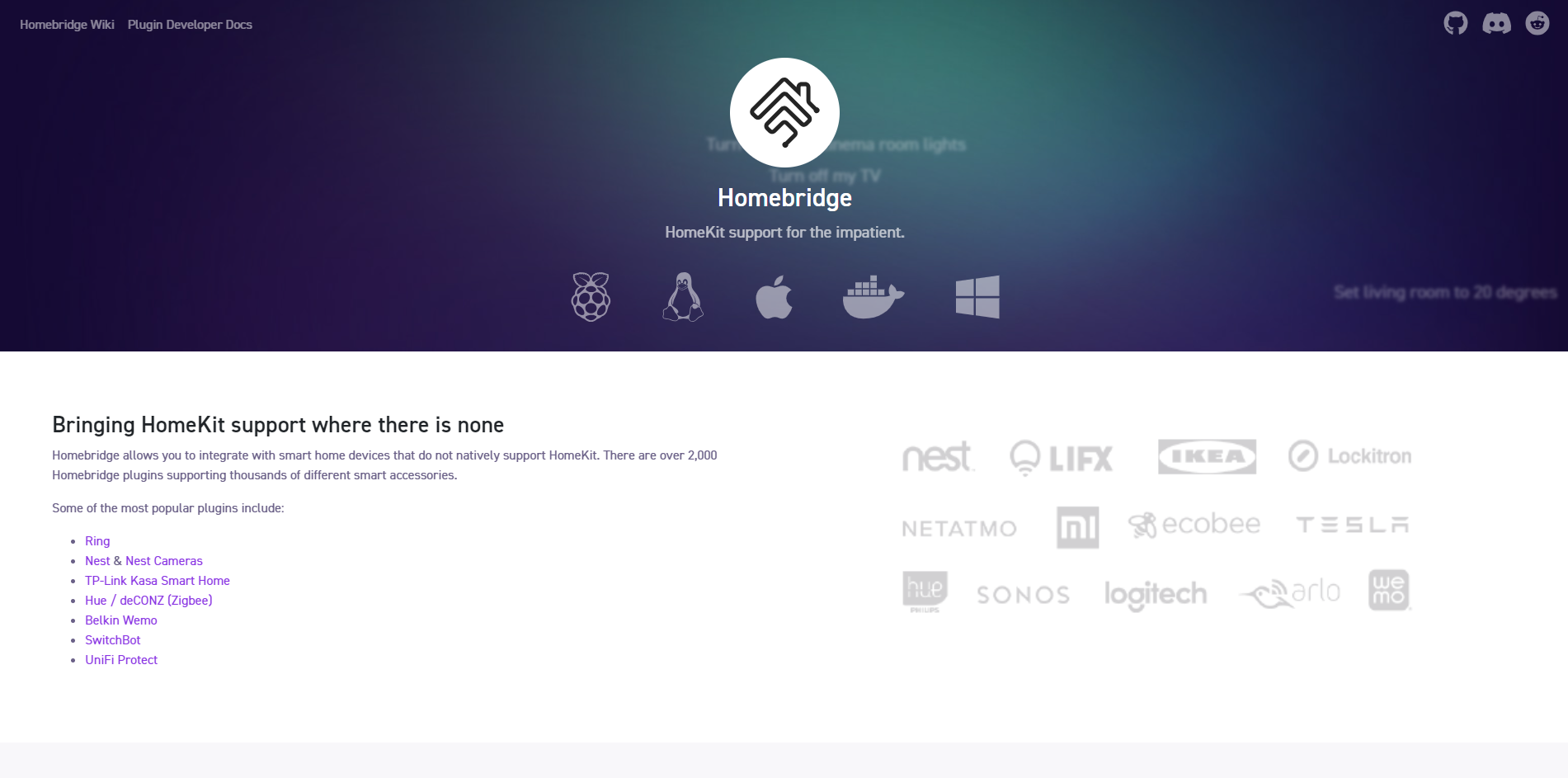
Homebridge: Bringing Non-HomeKit Devices to Apple’s Ecosystem
For the Apple fans out there, you’ve probably run into the frustration of trying to connect non-HomeKit devices to your Apple Home app. That’s where Homebridge comes in—it’s not a full smart home platform like the others on this list, but it’s the tool you need to make non-HomeKit devices work with HomeKit.
With Homebridge, you can take almost any smart device and control it through Apple’s Home app or Siri. I’ve set up Homebridge to integrate devices like my smart thermostat and lights that don’t officially support HomeKit. The setup process is fairly simple, especially with community plugins that do most of the heavy lifting for you.
Key Features:
- Connects non-HomeKit devices to HomeKit
- Huge library of plugins
- Easy to set up for Apple users
Why You Should Consider Homebridge: If you’re deep into the Apple ecosystem but have devices that don’t play nice with HomeKit, Homebridge is a game-changer. It’s a lightweight, plug-in-based solution that makes almost any device work seamlessly with your Apple devices.
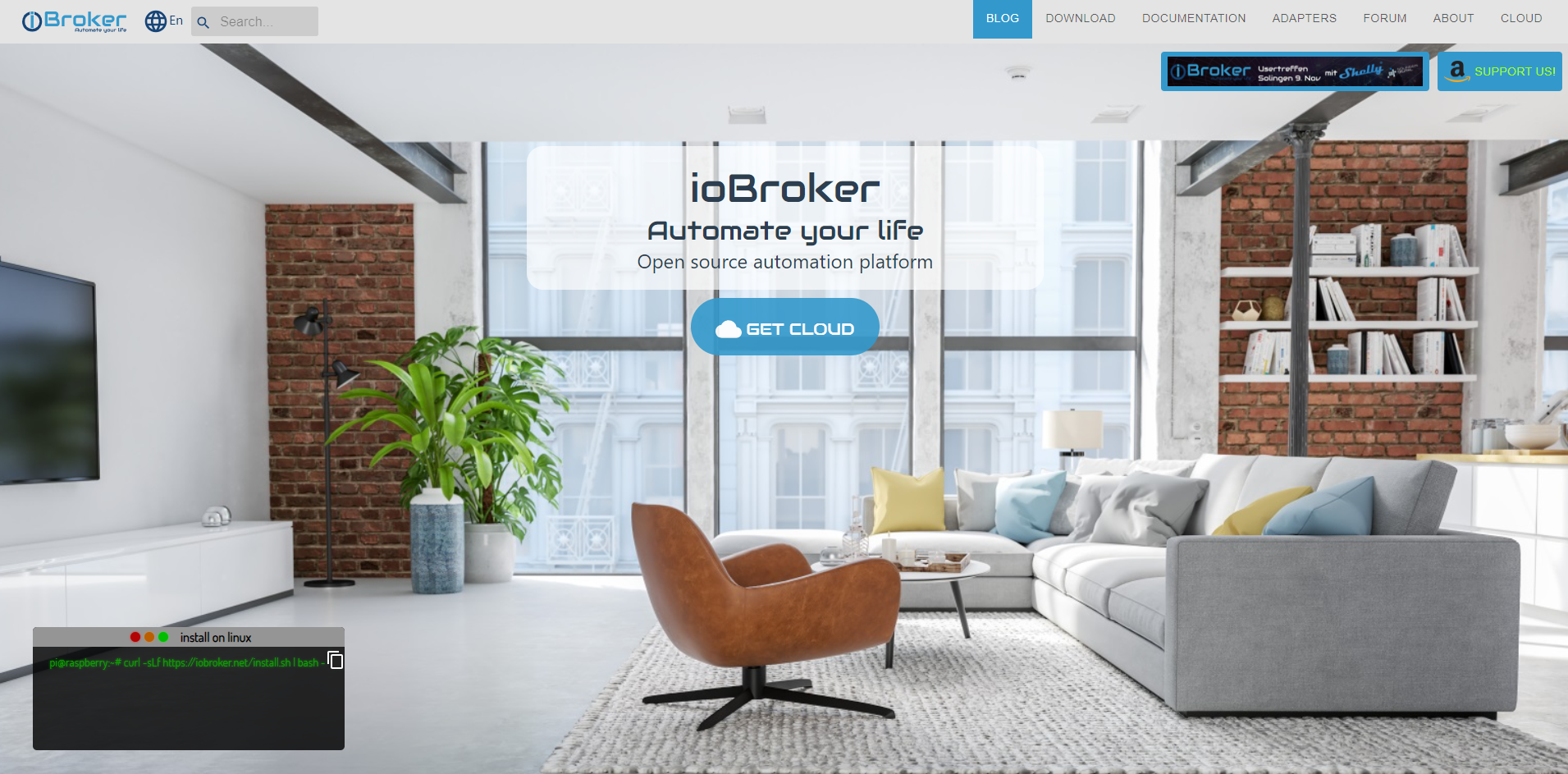
ioBroker: The Jack-of-All-Trades
ioBroker is a lesser-known platform but packs a punch when it comes to integration and customization. What sets ioBroker apart is its ability to connect with a huge range of devices and systems. It can act as a central hub for just about any smart home protocol you can think of—Zigbee, Z-Wave, MQTT, and more. Plus, its interface is incredibly user-friendly.
One of ioBroker’s standout features is its built-in logic engine, allowing you to create complex automation rules without needing to code. That’s a big bonus for anyone who wants to take their automation game to the next level without writing scripts.
Key Features:
- Massive integration support
- Built-in logic engine for complex automations
- User-friendly interface
Why You Should Consider ioBroker: If you need a platform that plays well with everything and want the ability to create powerful automations without needing a programming background, ioBroker is worth checking out.
So, there you have it—an introduction to the top open-source smart home platforms. Each has its own strengths, and choosing the right one depends on what you’re looking to achieve. Whether you want something simple and efficient or a platform with all the bells and whistles, there’s an option for you.
My advice? Start with Home Assistant if you’re new to this, and once you get the hang of things, you can always expand or switch platforms as your needs evolve.
Thanks for Your Support!
I truly appreciate you taking the time to read my article. Let me know in the comments which platform you’re considering, or if you have any questions about setting things up. I’m here to help!
- Leave a Comment: Got questions or project ideas? Drop them below—I'd love to hear from you!
- Subscribe: For more tutorials, guides, and tips, subscribe to my YouTube channel and stay updated on all things tech!
- Shop & Support: If you're ready to get started, check out the recommended products in my articles using my affiliate links. It helps keep the lights on without costing you anything extra!
Thanks again for being part of this community, and happy building!
